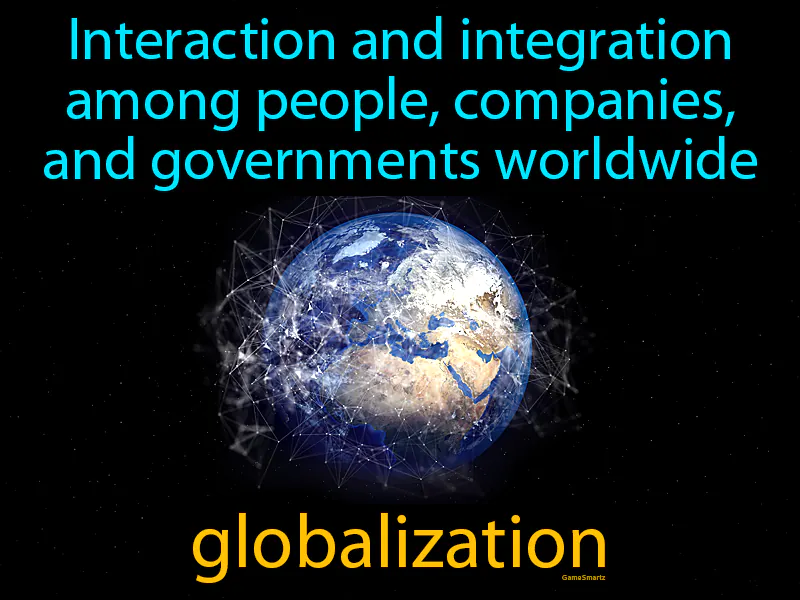Globalization
Globalization: Easy to understand
In the early 21st century, from 2010 to 2019, globalization meant the rapid increase in global interactions through trade, technology, and communication, connecting different parts of the world like never before. It was important because it responded to the need for economic growth and cooperation among nations, especially after the 2008 financial crisis. Globalization allowed for the sharing of ideas, products, and cultures, but also raised concerns about job losses in certain industries and cultural homogenization. Today, it still matters because we rely on global supply chains for goods; for example, a smartphone might be designed in the U.S., assembled in China, and made with parts from several countries. This interconnectedness affects people daily, as disruptions in one part of the world, like natural disasters or political changes, can impact product availability and prices globally.

Practice Version

Globalization: Interaction and integration among people, companies, and governments worldwide. Globalization. It is the process by which the world becomes more interconnected through trade, technology, and cultural exchange.